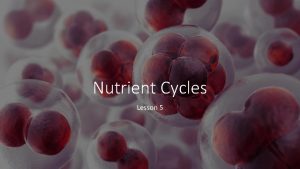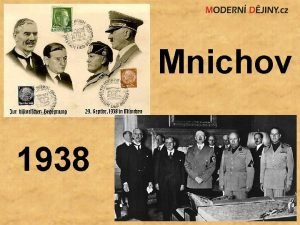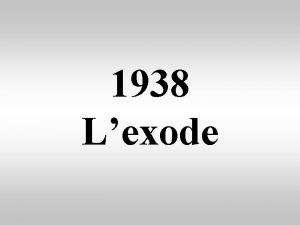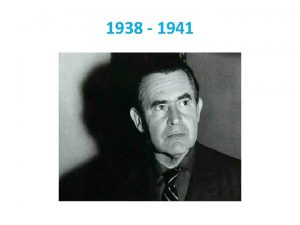Lecture 13 Nutrient Management Nutrient Hoagland Arnon 1938








- Slides: 8

Lecture 13 Nutrient Management


Nutrient Hoagland &Arnon (1938) mg L-1 N 210 P Nutrient Hoagland 31 Hewitt &Arnon (1966) K 234 (1938) mg 160 L-1 Ca N 210 168 Mg. P 31 34 41 K 234 156 S Ca 64 160 34 2. 5 36 Fe Mg S 64 48 Cu. Fe 2. 50. 02 2. 8 Cu 0. 02 0. 064 Zn. Zn 0. 05 0. 065 0. 54 Mn. Mn B 0. 54 B Mo 0. 5 0. 04 0. 01 Mo 0. 01 Hewitt (1966) Cooper (1979) Steiner (1984) 168 200 -236 168 41 Cooper (1979)60 Steiner (1984) 31 156 300 273 160 170 -185 180 200 -236 168 3660 5031 48 300 273 48170 -185 68180 336 50 2. 8 1248 2 -4 68 336 0. 064 0. 12 -4 0. 02 12 0. 1 0. 02 0. 065 0. 11 2. 0 0. 54 2. 00. 62 0. 3 0. 44 0. 54 0. 3 Not considered 0. 44 0. 2 0. 04 0. 2 Not considered

Hydroponic nutrients are at the core of good management. Hydroponic systems can conserve more water and represent huge efficiencies because they are water-based; that is, they use water as the main delivery method of plant nutrients. Because nutrients are more directly available to plants, hydroponic systems can eliminate bottlenecks to production that are involved in nutrients. This increases the growing capacities of these types of systems. It also makes nutrient management the crux of a well-run hydroponic system.

CALCULATIONS OF NUTRIENT FORMULATIONS If a nutrient formulation calls for 200 ppm of calcium (200 mg/L), we need 200 mg of calcium in every liter of water. In 164 mg of Ca(NO 3)2 we have 40 mg of Ca [using the atomic and molecular weights to determine the fraction of calcium in calcium nitrate—assuming 100% purity of Ca(NO 3)2].

The first step is to calculate how much Ca(NO 3)2 is required to obtain 200 mg of Ca. This is done by setting up a ratio as follows: 164 mg Ca(NO 3)2 yields 40 mg Ca x mg Ca(NO 3)2 yields 200 mg Ca Ratio of Ca Ca(NO ) is given by 40/164 = 200/X Solving for X: 40 X=200 x 164/40=820

Therefore, 820 mg of Ca(NO 3)2 will yield 200 mg of Ca. If the 820 mg of Ca(NO 3)2 is dissolved in 1 L of water, the resultant solution will have a concentration of 200 ppm (200 mg/L) of Ca. This assumes, however, that the Ca(NO 3)2 is 100% pure. If it is not—which is usually the case—it will be necessary to add more to compensate for the impurity. For example, if the Ca(NO 3)2 is 90% pure, it will be necessary to add. 100/90 x 820= 911 mg Ca (NO 3)2 Hence, 911 mg Ca(NO 3)2 in 1 L of water will give 200 ppm of Ca.
















